In an age where health-conscious decisions are becoming increasingly important in consumer choices, non-toxic tableware has emerged as a vital consideration for families seeking safer dining options. As awareness of toxic materials in everyday products continues to rise, many parents are actively searching for alternatives that prioritize safety while still delivering on functionality and style. Traditional tableware often contains harmful substances that may pose serious health risks, particularly to young children. This article will delve into the significance of non toxic tableware, highlight the health risks associated with traditional options, and demonstrate how making the switch to safer choices can enhance your family’s overall well-being and quality of life.
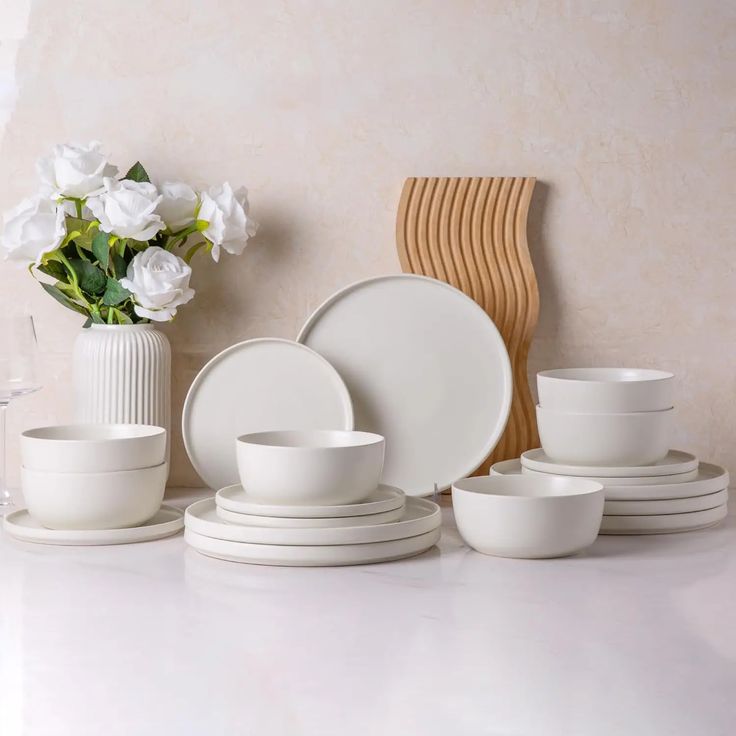
Understanding the Concept of Non Toxic Tableware
Non toxic tableware encompasses a range of dining and cooking items free from harmful chemicals, ensuring they do not leach into food or drinks. This includes plates, bowls, utensils, and containers made from materials such as glass, stainless steel, and certain food-grade plastics. Understanding these materials is crucial for making informed choices. Non toxic tableware not only protects your family from potential health hazards but also contributes to environmental sustainability.
By incorporating non toxic tableware into your home, you are taking a proactive step towards a healthier lifestyle. Many items in cooking and dining may fall under the category of non toxic, including BPA-free plastics, silicone, and ceramic. By choosing non toxic tableware, families can mitigate the risks commonly associated with traditional kitchen items that often contain harmful substances.
The Health Risks of Conventional Tableware
Conventional tableware made from materials such as melamine, traditional plastics, and other synthetic compounds can pose significant health risks. These materials may contain harmful chemicals like BPA, phthalates, and lead, which have been linked to various health issues, including hormone disruption, reproductive health problems, and developmental issues in children.
It’s essential to consider the implications of using tableware that might leach these toxic substances into food, especially for vulnerable populations such as children and pregnant women. By understanding the risks associated with conventional materials, families can recognize the importance of transitioning to non-toxic tableware. This shift serves as a safeguard against hidden dangers. Empowering families with knowledge about the potential health threats posed by traditional tableware is key in fostering a switch to safer options.
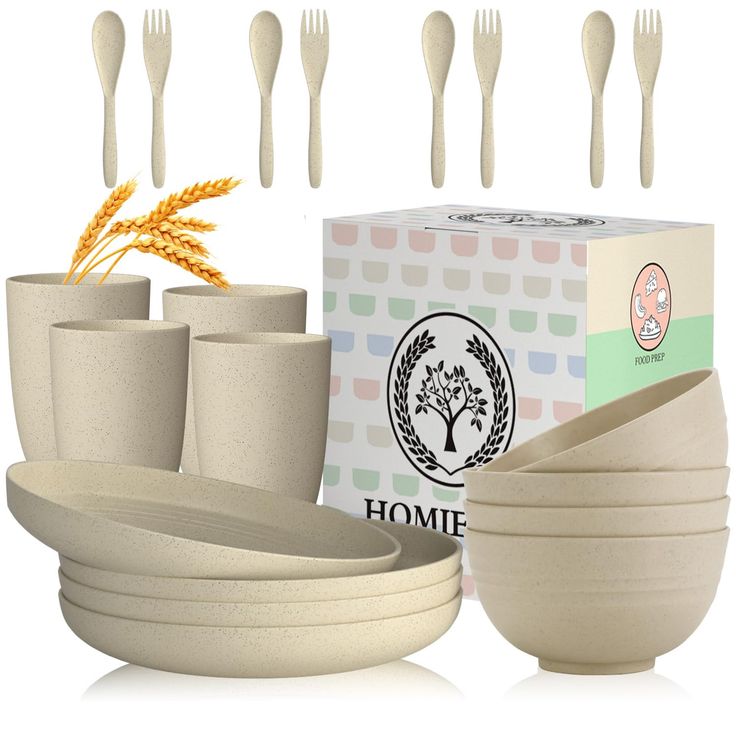
Benefits of Choosing Non Toxic Tableware
Switching to non toxic tableware comes with a host of benefits that extend beyond simply avoiding harmful chemicals. First, non toxic options tend to be made from more durable materials, resulting in long-lasting products that can withstand daily use without deteriorating. Beyond durability, non toxic tableware often provides better temperature control, ensuring your meals maintain their desired temperature longer.
The aesthetic appeal of non toxic options is another advantage. Many brands offer stylish designs and colors, allowing families to serve meals on beautiful tableware that also prioritizes health. Additionally, using non-toxic tableware can instill healthy habits in children from a young age. This practice teaches them the importance of safety and mindfulness regarding the products they use every day.
Furthermore, many non toxic options are environmentally friendly, often sourced from sustainable materials that promote a reduced environmental footprint. By choosing non toxic tableware, families are not only protecting their health but also supporting a movement towards more responsible consumption practices.
Eco-Friendly and Sustainable Material Choices
When delving into the world of non toxic tableware, it is vital to understand the range of materials available that are both safe and environmentally friendly. These materials include bamboo, glass, stainless steel, and silicone. Each of these options offers unique benefits while aligning with the principles of sustainability.
Bamboo is an increasingly popular choice for its rapid renewability and biodegradability, making it an excellent option for eco-conscious consumers. Glass tableware, on the other hand, is durable and free from harmful chemicals, allowing for easy cleaning and reuse without leaching toxins. Stainless steel is a robust option that can withstand wear and tear. Additionally, it is entirely recyclable at the end of its life cycle.
Silicone, particularly food-grade silicone, has gained popularity as a non toxic alternative, as it resists heat and offers flexibility and durability. Choosing non-toxic tableware crafted from these materials gives families peace of mind. They can feel confident that they are making sustainable choices that protect both their health and the planet.
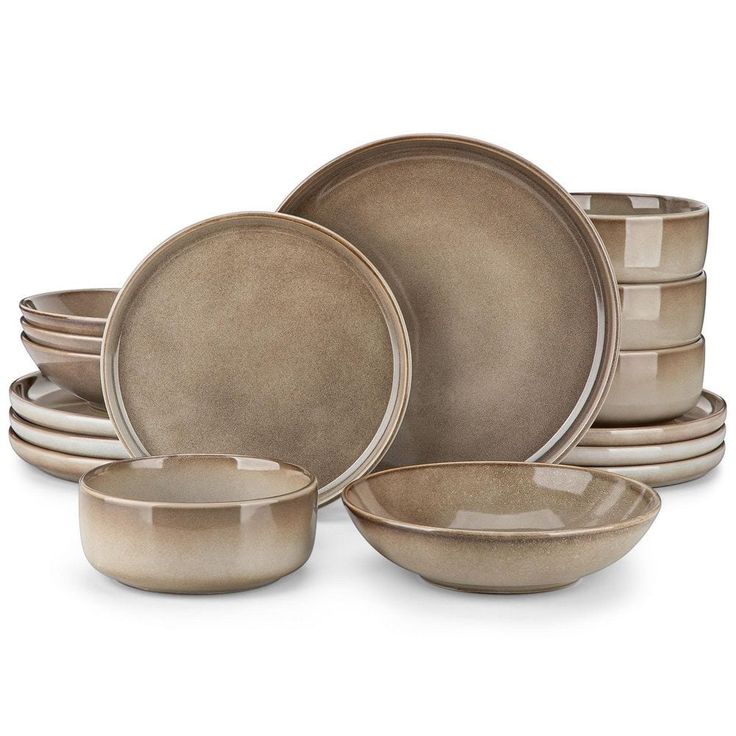
How to Identify Non Toxic Tableware
Identifying non toxic tableware can sometimes seem overwhelming due to the myriad of products available on the market. However, there are essential guidelines that consumers can follow to find safe options effectively. Look for certifications or labels that indicate an item is free from harmful chemicals, such as BPA-free, phthalate-free, and lead-free markings.
Additionally, familiarizing yourself with brands committed to ethical sourcing and transparency can lead to better choices. Researching product materials and understanding the manufacturing processes can provide additional assurance regarding safety. When shopping, prioritize items made from natural materials or those specifically marketed as non toxic tableware.
Engaging in consumer education is vital, as awareness of the importance of non toxic products continues to grow. As you become more informed, you’ll be better equipped to make decisions that prioritize your family’s health. This knowledge allows you to enjoy the benefits of safe and stylish dining solutions.
Affordable Safety Tableware Options
Opting for non toxic tableware doesn’t have to break the bank. There are several affordable options available that prioritize safety without compromising on quality. Many brands provide budget-friendly non-toxic products made from sustainable materials. This makes it easier for families to make the switch without stretching their finances.
Shopping during sales, utilizing discount codes, or even purchasing products in bulk can lower costs significantly. Online marketplaces and health-focused retailers often offer a variety of non-toxic tableware options. These products are typically available at competitive prices. Additionally, considering second-hand items in good condition is a sustainable way to acquire high-quality non-toxic products. This practice also helps reduce waste.
Staying informed about local merchants and online retailers that focus on eco-friendly and health-conscious products can lead to significant savings while making safe choices for your family. Prioritizing affordability while seeking out non toxic tableware enables families to invest in their health without financial strain.
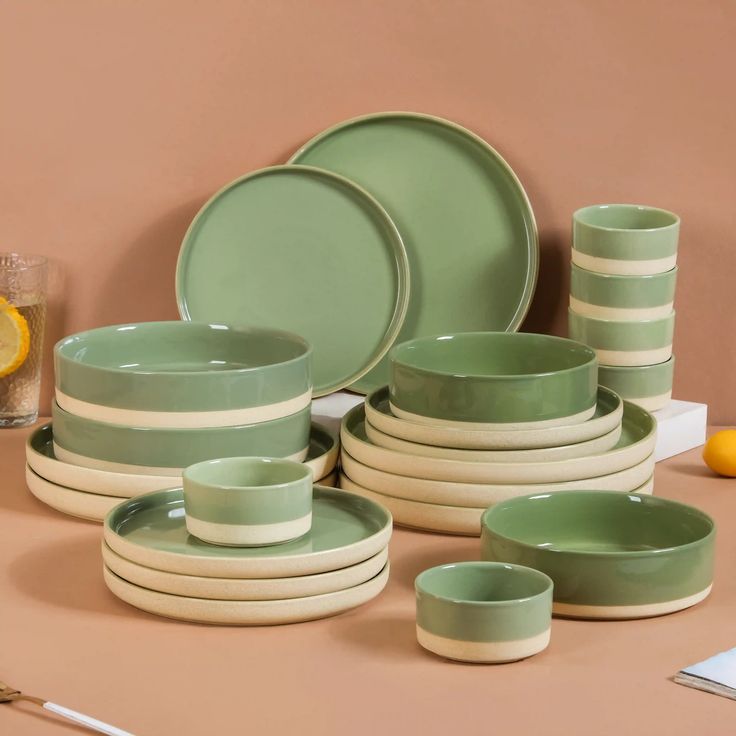
Maintaining Non Toxic Tableware for Longevity
To maximize the benefits of non toxic tableware, proper maintenance is essential. Different materials have specific care requirements to maintain their integrity and longevity. For instance, glass and stainless steel are safe to clean in the dishwasher. In contrast, bamboo and other wooden items benefit from hand washing to preserve their finish.
It is equally important to pay attention to the type of cleaning agents used. Avoid harsh chemicals that could potentially compromise the non toxic characteristics of your tableware. Opt for natural detergents or gentle cleaners to ensure the safety and durability of your products.
Regular inspections of your non toxic tableware can help ensure there are no cracks or damages that could lead to contamination or spoilage. Taking these steps helps prolong the life of your tableware. Additionally, it reinforces your commitment to providing your family with safe and healthy dining options.
Making the Transition to Safety Tableware
Transitioning to non-toxic tableware may feel daunting, particularly when it comes to replacing long-held items. Begin by gradually phasing out conventional products and opting for safer alternatives. Focus on key items that are used daily, such as plates and utensils, before expanding to containers and serving ware.
Engaging your family in this process can help ensure everyone is onboard and understands the importance of using non toxic tableware. Encourage discussions about health, sustainability, and the impact of choices made in the kitchen. Involving children can also be an educational opportunity, enhancing their understanding of nutrition and safety.
Consider sharing your journey with friends or through social platforms to inspire others to make similar changes. By taking these steps, you contribute to a larger movement that prioritizes health and sustainability. This effort helps shape a better future for generations to come.
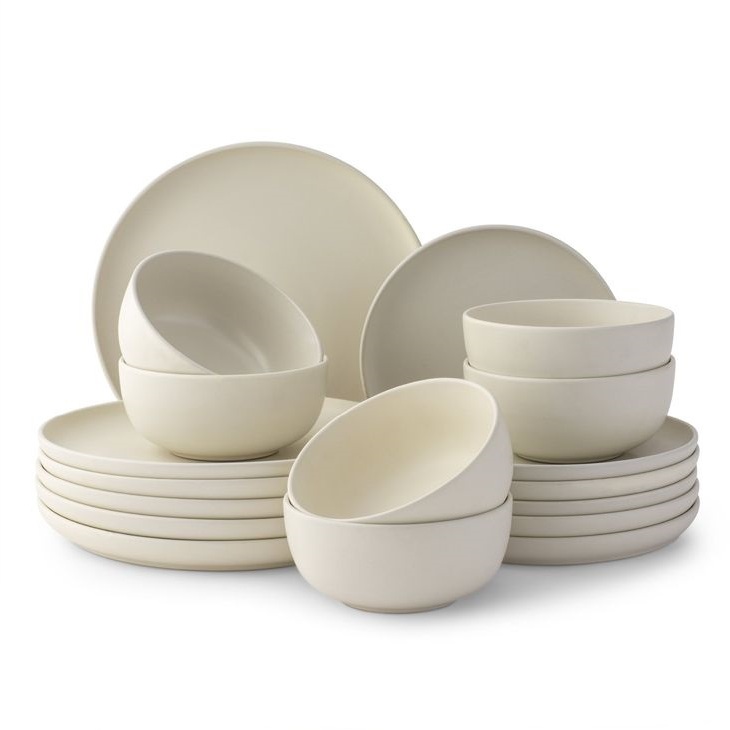
Conclusion
Choosing non toxic tableware is about more than just the dining experience. It embodies a lifestyle choice that prioritizes the health and safety of your family. Understanding the risks of conventional materials highlights the importance of making safer choices. Exploring the myriad benefits of non-toxic options reveals their profound effects on the well-being of every household. Embracing non toxic tableware demonstrates a commitment to protecting not only your family’s health but also the environment. As you make informed decisions, you empower others to follow suit, creating a ripple effect that promotes a healthier, safer world for all. Your family deserves nothing less than the best, and that begins with the choices you make every day.